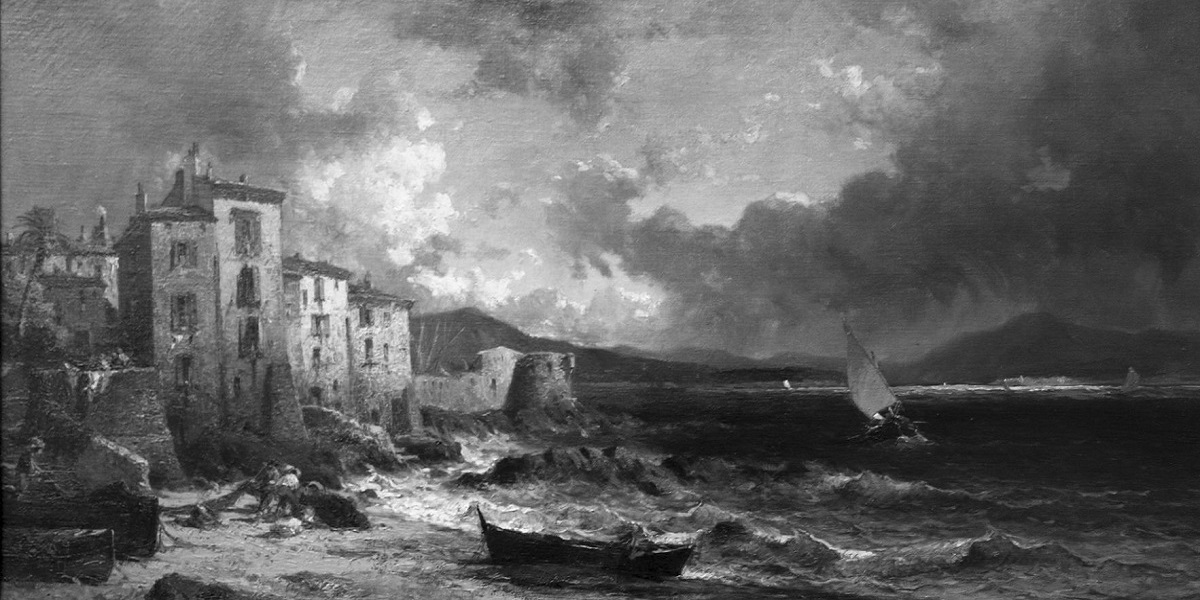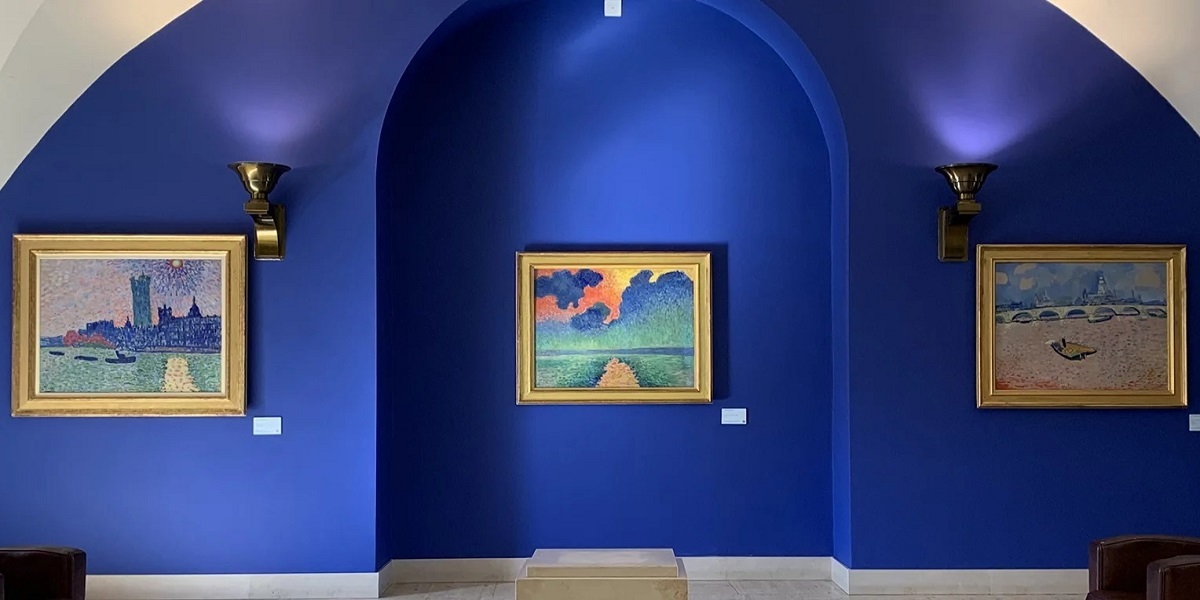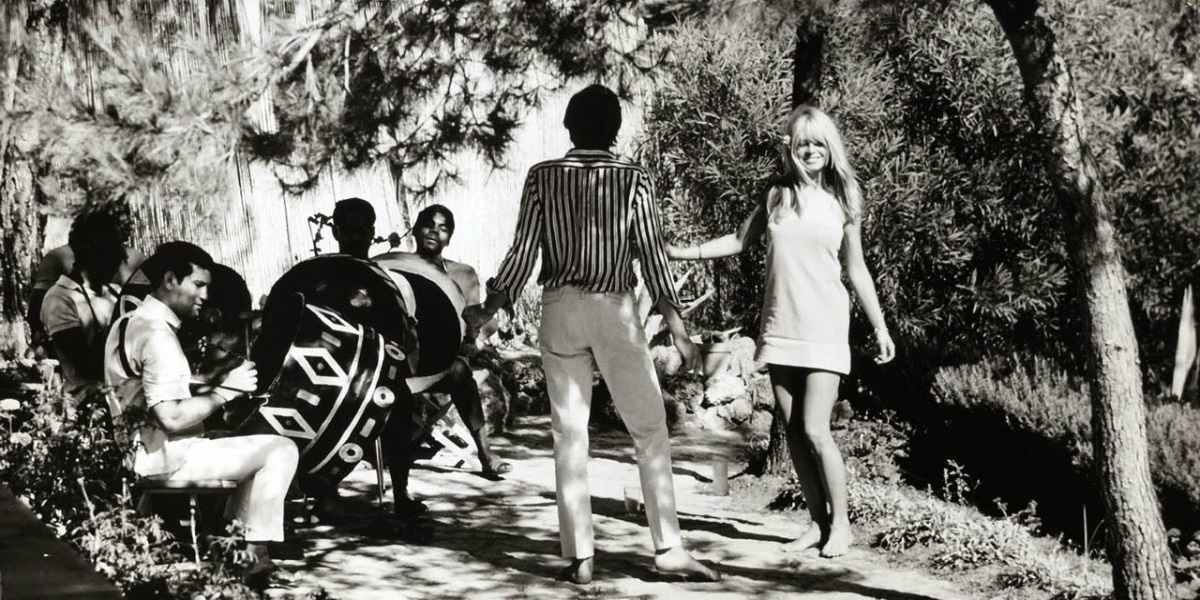History of Saint Tropez
Saint Tropez de Pise:
The glory of the Gulf of Saint-Tropez originated a very long time ago: according to legend, the name "Saint-Tropez" comes from the name of the holy martyr Saint Tropez de Pise, originally a man from the retinue of Emperor Nero. Converted by Saint Paul to the Christian faith, he refuses to renounce it, which provokes the wrath of the emperor. He was executed by decapitation in 68, and the body was thrown into a boat in the Pisa region, along with a rooster and a dog, so that they would feed on the body of the deceased, which, however, they did not do. The Ligurian currents washed the boat into the bay where Saint-Tropez is now located. Local residents found and hid the remains of the holy martyr, then built a chapel in honor of him. Thorpe gave his name to Saint-Tropez, the rooster flew one way and the settlement was named Cogolin (meaning "little cock"), and the dog ran away to the other, where the settlement was given the name Grimaud (meaning "old dog"). The flag of Saint-Tropez is red and white, they once belonged to the Republic of Genoa. In the 15th century, when Jean de Cossa, Baron Grimaud approached Genoese nobleman Raphael de Garezcio, they signed a document that gave permission for two dozen Genoese families to move to a ruined village that had been depopulated by countless attacks. These families restored the defenses and assumed responsibility for border security. In return, they received freedom from taxes and duties - a favor signed by all the rulers of France.

Bravades (Les Bravades), a holiday that first appeared in the mid-16th century, is celebrated to this day from May 16 to 18, as well as in July, in honor of the Patron Saint of the city of Torpes and pays tribute to the courage of the Tropezians in the face of danger. The story tells that during the war with Spain in the 17th century, they were able to repel the attack of the Spanish galleons, which were several times superior in power.
A strong connection with the sea and a passionate love for it flows in the veins of the indigenous Tropezians, and this is connected, among other things, with a glorious military past. Saint-Tropez was the birthplace of Pierre-André de Suffren, a member of the Order of Malta, vice-admiral of the royal army, whose statue proudly towers over the port, protecting it today. Another mute witness to the glorious and troubled past is the Citadel - the keeper of the bay, a refuge from attacks from the sea, and today serving peaceful purposes: the Museum of the Navy is located here, and music festivals are also held. "Ad Usque Fidelis" - "Loyalty to the end" is the motto of Saint-Tropez.
Art in Saint Tropez:

Between 1890 and 1925 Saint-Tropez was of great importance for the development of painting (painting village). The Muséé de l'Annonciade exhibits paintings by Matisse, Maillol (also sculptures) and Kees van Dongen. In the 1920s, Saint-Tropez attracted the world's fashion stars.
During World War II, on August 15, 1944, to be exact, the city was the center of Operation Dragoon, the Allied invasion of southern France. Immediately after the war, the bombed-out buildings in the port were rebuilt in the old style. After the war, the city became the seat of the French existentialists.
Brigitte Bardot in St. Tropez:

The city rose to fame in 1956 when Brigitte Bardot arrived in a quiet fishing village to film Et Dieu crea la femme (And God Created Woman), which made her the sex symbol of world cinema. Since then, Saint-Tropez has become a favorite destination for the elite of the whole world. By the way, since childhood, Brigitte herself spent her summer holidays here, so it is not surprising that after filming she bought a luxurious villa La Madrague near Kanubier beach, where she settled after leaving the world of cinema.
Getting to Saint Tropez:
It is better get to St Tropez from Nice airport: bus, taxi, helicopter and transfer to Saint Tropez.